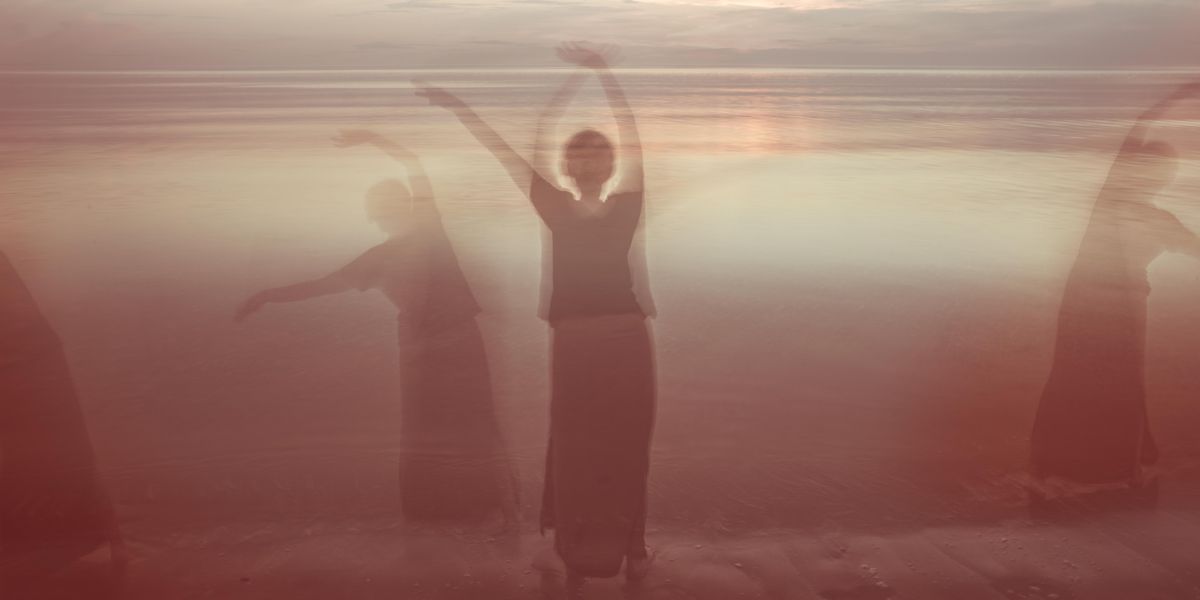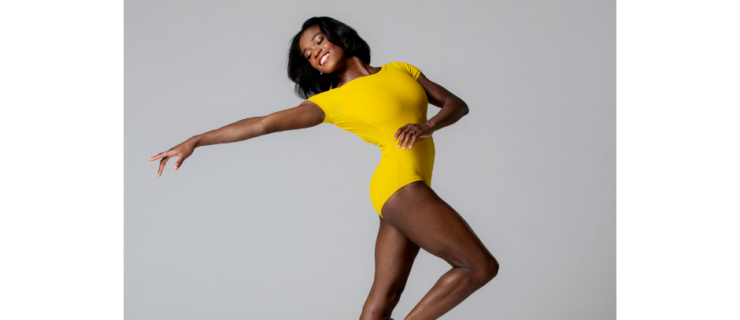What Copyright Protections Do Choreographers Have Over Their Work?
When choreography is created, is it protected by copyright? Yes and no.
JaQuel Knight is facing this question today in his journey to copyright his iconic choreographic work with artists like Beyoncé and Megan Thee Stallion. Thanks to U.S. copyright law, the process has not been easy. Through a partnership with the Dance Notation Bureau, Knight has been working with Lynne Weber to put his work into Labanotation. On July 9, 2020, he received an approved registered copyright for his “Single Ladies” choreography, making him the first commercial choreographer in pop music to succeed in copyrighting his work.
Understanding the challenges in making this happen requires a close look at the history of U.S. copyright law. Here’s what dancemakers should know about the background of copyright, how they can register their work and what more could be done to legally protect dance.
What is copyrightable?
The Copyright Act of 1790 introduced a sense of ownership for creators, but did not incorporate choreography until its revision in 1976. Prior to this, the Copyright Act of 1909 could technically protect choreography as long as it fell under the category of drama. To be considered a “dramatic work,” the dance had to “tell a story, develop a character or express a theme or emotion by means of specific dance movements and physical actions.”
Under the Copyright Act of 1976, choreography is directly addressed and—once registered—protected as long as it is “fixed.” Attorney and former dancer Gregory DeSantis, who focuses his work on trademark and copyright law, says the definition of “fixed” choreography lies in the difference between something imagined and something tangible. “Thinking something in your head—not protectable,” he says. “Once you write it down somewhere, once you teach it to the dancers and you’ve fixed the choreographic work on a company, then there is something protectable.”
The United States Copyright Office defines a “fixation” in choreography or pantomime as something that allows movement to be performed in a “consistent and uniform manner.” Choreographers can fix their work through dance notation, video recording or textual descriptions or photographs. But to solely teach the choreography isn’t enough. It needs to be on paper or video, or documented somehow so it can be shared.
It seems simple, but there are exceptions. Common movements or activities, like yoga positions, line dances and exercise routines, are not copyrightable, even when they are unique. This even applies to the positions of ballet, like a tendu or an attitude.
Think of Balanchine’s work, for instance. While deep pliés and a specific articulation of the hands may be a recognizable hallmark of his style, the movements themselves are uncopyrightable. However, those elements did serve as building blocks for Balanchine’s ballets, which were fixed and copyrighted. Today, The George Balanchine Trust owns his ballets and licenses them for use.
How do you register your work?
Although a work is considered copyrighted when it is created, you can’t enforce rights, such as suing for infringement in Federal court, until that work is registered with the Copyright Office. “A copyright exists from the moment the picture is taken, the dance is made, the artwork drawn,” DeSantis says. But, he continues, “the enforcement of those rights, however, only happens once registration of that right occurs.” The effective date of registration is not assigned by the Copyright Office until it has received all components of your application and applicable fees correct and in full.
The registration process is extensive, so DeSantis advises choreographers to register their work before the premiere—or even during the creative process—to avoid a lag between when the dance is finished and when their work is registered. According to the Copyright Office, confirmation can take on average between six and 13 months but can be expedited for an additional fee.
Creators can register their work through the electronic Copyright Office (eCO) or through the mail. The process includes submitting a form with details about the work, those who created it and limitations to the claim. The limitations section is where all previous iterations of the work are noted—for example, if the choreography is based on another piece, a book or anything else that could be considered copyrightable material. Then a copy of the work (such as a video recording, dance notation score, or textual description, photographs or drawings) also needs to be provided. Filing a registration costs $45 for a single author or $65 for all other filings.
Without a registration, DeSantis says, you can otherwise enforce your rights by using the “©” symbol or sending a cease-and-desist letter.
The work is registered. Now what?
Once registered, if a choreographer’s work is copied or infringed upon in any way, the creator can now take legal action to protect it. Even then, instances of litigation are limited, says DeSantis.
“What we’re really missing, I think, is the amount of litigation required to fully understand what the elements of copyright infringement for choreography are,” he says. There simply aren’t a lot of cases to base litigation off of. In court, lawyers will base many of their arguments on previous case results. Because dance has very few cases in copyright, it is difficult to take to court.
DeSantis says that a contributing factor to the rarity of litigation is the cost. Choreographers and dancers don’t have the same financial backing as, say, a music corporation like Sony Music or Warner Music Group.
Where does the Digital Millennium Copyright Act fit in?
Choreographers should also be aware of the Digital Millennium Copyright Act (DMCA), established in 1998. For content creators and artists, DMCA made it easier to protect their work on places like Facebook and YouTube, while protecting the platforms themselves, DeSantis says.
The best example of this is when you upload a video to YouTube. In the background the audio is being checked to see if it matches any copyrighted music. If it does, YouTube will notify the user, and in most cases, the video will be removed or will lose its audio. This is the DMCA at work.
What does this mean for choreographers? Those who want to show their work online have to be careful about uploading movement set to music. The best recommendation is to use an original score, says DeSantis. Alternatively, you can use something in the public domain or creative commons. Some choreographers even reach out to independent artists who are willing to let them use their music for a video, but DeSantis notes that even this can be risky. “We generally recommend communicating through legal counsel unless there is some preexisting relationship between the parties,” he says. As much as you’d like to use your favorite song, you need permission to choreograph to it and post it online.
What more can be done to protect choreography?
Entertainment lawyer Robin Russell, former senior executive vice president of business and legal affairs for Sony Pictures Entertainment, believes the DMCA and the Copyright Act are outdated and lack support for dance creation.
“There’s nobody in Congress or the Senate who feels it’s important enough to spend any time or money on [dance copyright], and the Digital Millennium Copyright Act is so outdated, but that’s where the work has to be done,” Russell says.
She suggests that dance needs to be treated similarly to music composition, and that choreographers could benefit from something akin to a music synchronization license. When a group requests to use a song in a media project, such as a film or video game, the copyright holder must first grant them permission.
In terms of dance, this may look like a license provided to media groups requesting to use pieces of the copyright holder’s choreography in a music video or film.
Although dance has a long way to go in copyright law, DeSantis says this should not inhibit the desire to create. “We don’t want people to not share their great ideas because they’re afraid someone is going to steal them,” he says. “Intellectual property rights, in general, are a give and take with the public.”
Depending on a dancemaker’s specific situation, advice may vary, and general legal knowledge, as shared in this article, should not be substituted for obtaining legal counsel.




